Biological Mechanisms of Plant Response to Heavy Metals
Introduction
Plants, as autotrophic organisms, have a unique ability to absorb and accumulate heavy metals from their environment. This ability is both a blessing and a curse, as while some metals are essential for plant growth and development, others can be toxic even at low concentrations. This article will delve into the biological mechanisms of plant response to heavy metals, covering the absorption, transport, and detoxification processes, as well as the physiological and biochemical changes that occur in plants exposed to heavy metals.
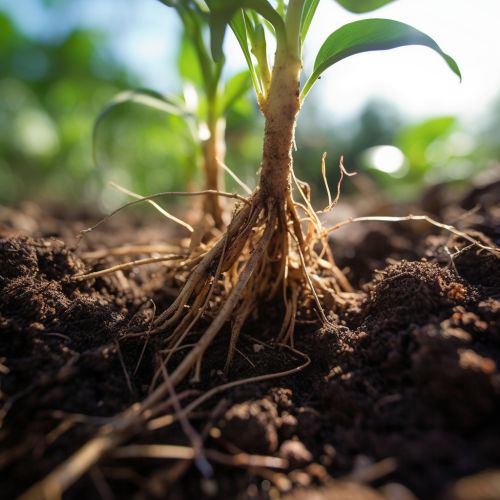
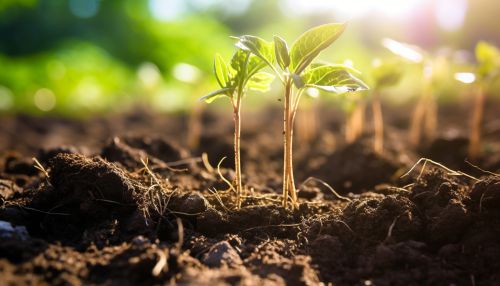
Absorption of Heavy Metals
The absorption of heavy metals by plants primarily occurs through the root system. The process is influenced by several factors, including the chemical form of the metal, the pH of the soil, and the presence of other ions. Some heavy metals, such as cadmium and lead, can be absorbed by passive diffusion, while others, like copper and zinc, are taken up actively by specific transport proteins.
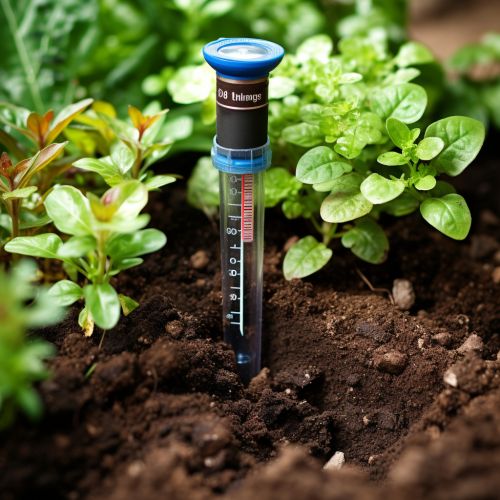
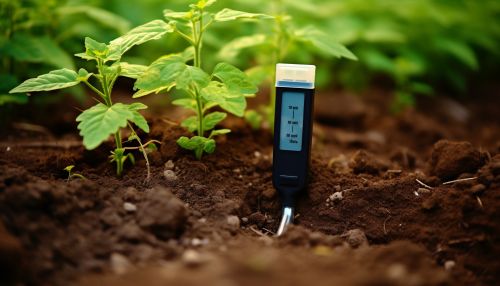
Transport of Heavy Metals
Once inside the plant, heavy metals are transported to various tissues via the xylem and phloem. The transport process is complex and involves several proteins, including metal transporters and chelators. Some plants have developed mechanisms to restrict the transport of toxic metals to sensitive tissues, a process known as 'metal partitioning'.
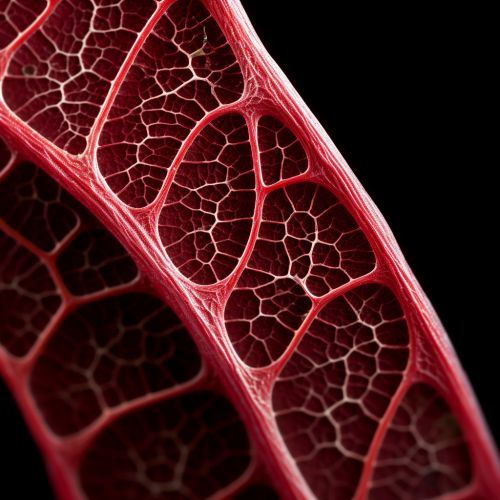
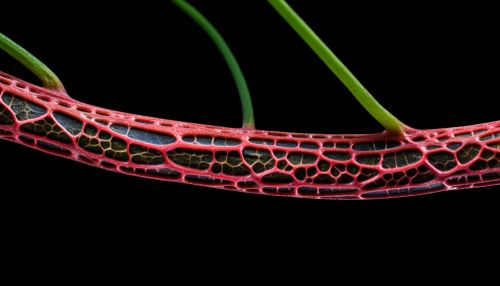
Detoxification of Heavy Metals
Plants employ several strategies to detoxify heavy metals. These include chelation, sequestration, and the production of metal-binding proteins. Chelation involves the binding of heavy metals to organic compounds, forming stable complexes that are less toxic. Sequestration, on the other hand, involves the compartmentalization of heavy metals in vacuoles or cell walls, thereby reducing their availability to the rest of the cell.


Physiological and Biochemical Changes
Exposure to heavy metals can induce a range of physiological and biochemical changes in plants. These include alterations in growth patterns, disruption of nutrient uptake, and changes in photosynthetic activity. Heavy metals can also induce oxidative stress, leading to the production of reactive oxygen species (ROS) and subsequent damage to cellular components.
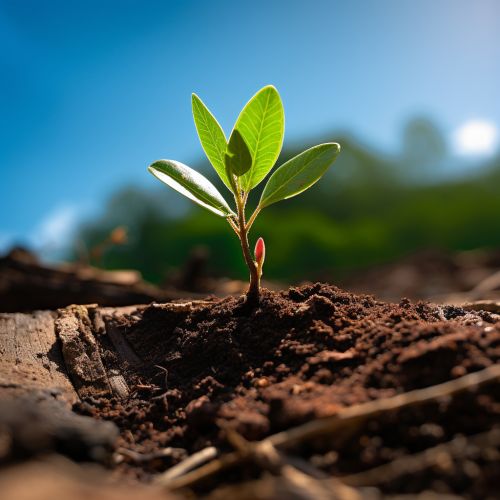

Conclusion
Understanding the biological mechanisms of plant response to heavy metals is crucial for developing strategies to mitigate the impacts of heavy metal pollution. While some plants have evolved mechanisms to tolerate high levels of heavy metals, others are highly sensitive and can suffer significant damage. Further research is needed to fully understand these mechanisms and to exploit them for the benefit of agriculture and environmental remediation.


